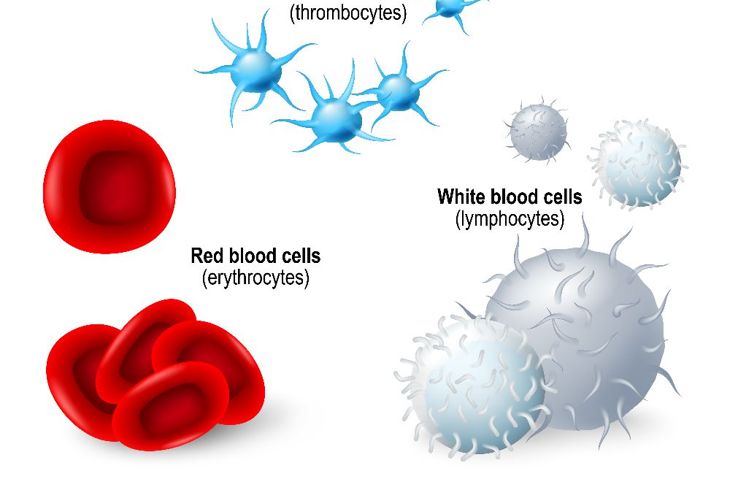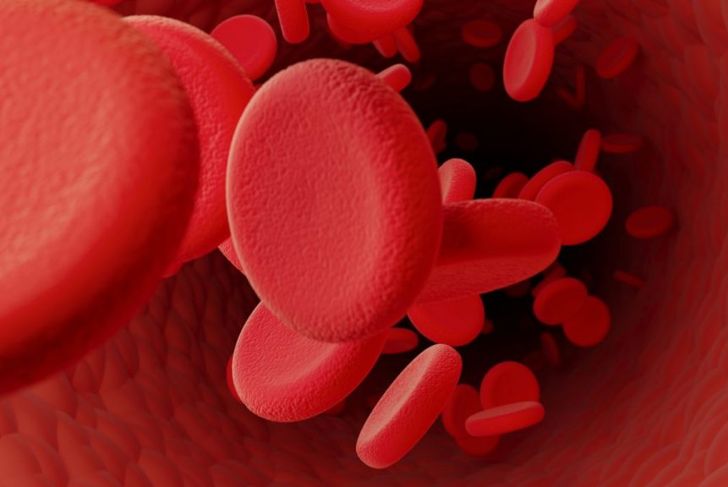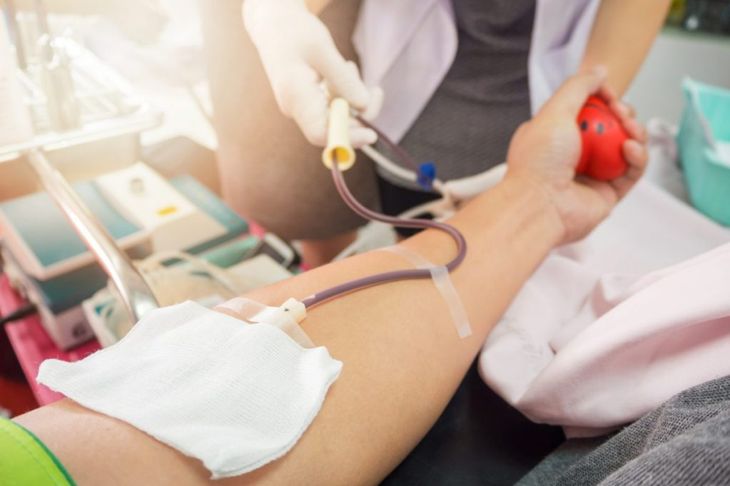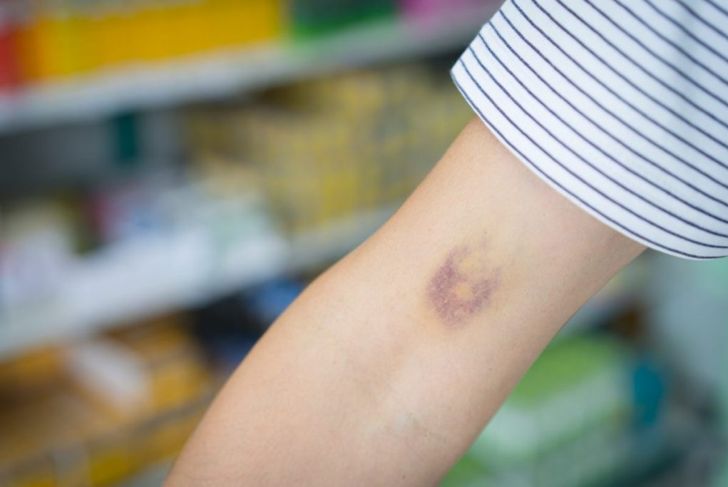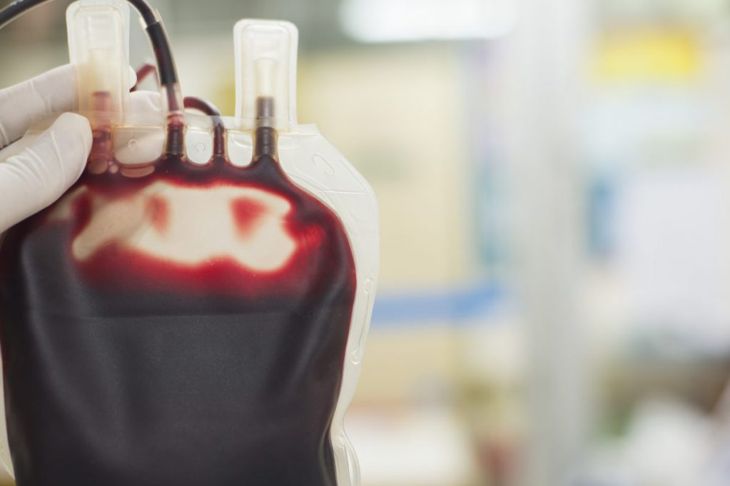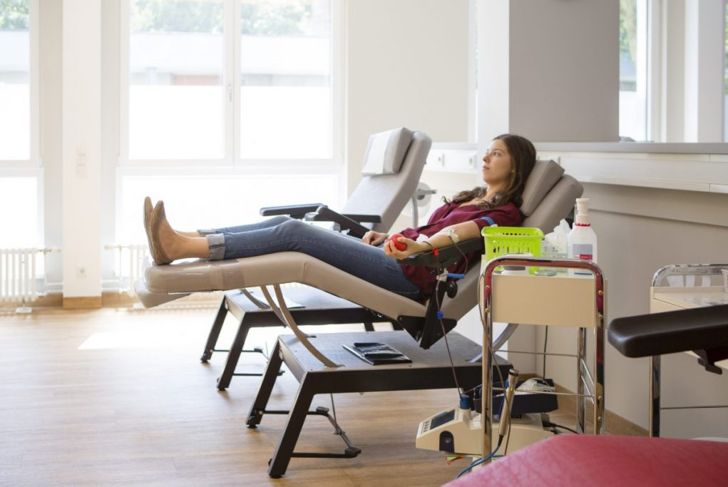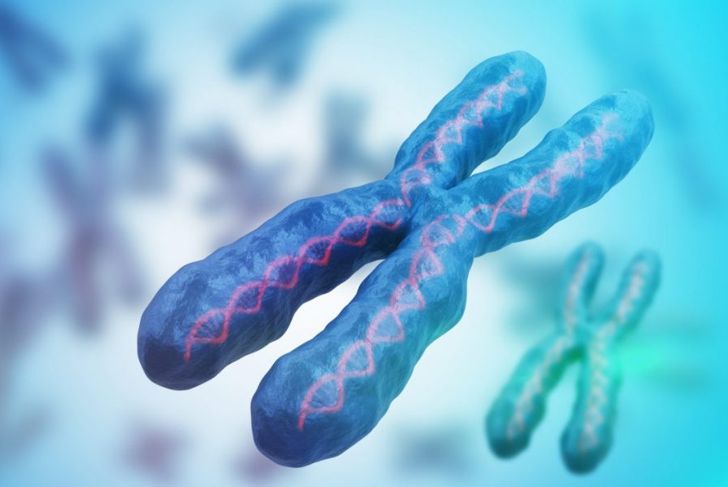The smallest component of blood, platelets play an important role in wound healing; more specifically, they are essential for normal blood clotting. After receiving a signal of an injury, platelets travel to damage sites, where they clump together to form clots—gel-like masses that stop the bleeding. From there, they release substances that promote healing. Unfortunately, some people’s platelets do not function as they should; as a result, these individuals are more prone to bleeding or bruising. Almost all platelet disorders are inherited, caused by autosomal recessive genes.
Thrombocytopenia
Thrombocytopenia describes abnormally low levels of platelets in the blood. Depending on the severity, this condition may or may not include noticeable symptoms. The most common sign is tiny purple spots on the skin. Rarely, thrombocytopenia may also cause bleeding inside or outside the body. Some of the most common causes are blood disorders, cancer such as lymphoma or leukemia, viruses, or chemotherapy.
Von Willebrand Disease
A genetic disorder, Von Willebrand Disease is characterized by a lack of Von Willebrand factor, a protein that plays an important role in blood clotting. As a result, the condition often leads to abnormal bleeding. Individuals may experience heavy menstrual bleeding, blood in the urine, easy bruising, and nosebleeds, though some experience no symptoms at all. While there is no cure for this disease, most lead active lives with proper treatment and self-care.
Thrombocythemia
Thrombocythemia is a rare blood disorder in which the body produces excess platelets, leading to an increased risk of blood clots. In rare cases, the condition can lead to strokes or heart attacks, especially in older people. Often inherited, thrombocythemia can cause other symptoms such as headaches, dizziness, temporary vision changes, or chest pain. Although there is no cure, there are several treatments, which an individual may or may not need depending on the severity of their condition.
Giant Platelet Syndrome
Giant platelet syndrome is an inherited bleeding disorder in which the body produces abnormally large platelets. Not only are they greater in size, but they are also fewer in number; as a result, the condition often leads to abnormal bleeding. Some of the most common symptoms include purpura, heavy menstrual bleeding, and nosebleeds. Unfortunately, there is no specific treatment for giant platelet syndrome, though platelet transfusions are an option for severe bleeding episodes.
Aplastic Anemia
Aplastic anemia occurs when the bone marrow stops producing enough new blood cells—including platelets. Depending on the individual, the condition may occur suddenly or gradually. The most common causes include chemotherapy, exposure to toxic chemicals, autoimmune disorders, and viral infections. Frequently, the condition can lead to shortness of breath, pale skin, irregular heart rate, easy bruising, prolonged bleeding, and dizziness. People with more severe issues may need medications, blood transfusions, or bone marrow transplants.
Glanzmann Thrombasthenia
In Glanzmann thrombasthenia, platelets in the blood lack a specific protein that helps them stick together during the clotting process; as a result, a proper plug fails to form—a situation that often leads to excess bleeding. This rare disorder often causes bruising, nosebleeds, and heavy bleeding during surgery. Fortunately, it is possible to prevent bleeding episodes with proper care and medications.
Gray Platelet Syndrome
Gray platelet syndrome is a congenital bleeding disorder in which alpha-granules—a cellular component of platelets—are reduced or absent. Individuals with this condition not only tend to bruise easily but have an increased risk of bleeding. They may experience abnormally heavy bleeding following minor trauma, dental work, or surgery. While most cases are mild to moderate, grey platelet syndrome can be life-threatening in rare instances. Management typically involves anticipating and preventing bleeding.
Delta Storage Pool Deficiency
People with delta storage pool deficiency lack dense granules—secretory organelles that store certain substances required for clotting—in the platelets. Due to their absence, platelet activation is slowed down, which leads to longer-than-normal bleeding. In addition to that, the condition can lead to other symptoms such as vision difficulties and changes in hair color. Treatment is typically symptomatic and may include blood transfusions.
Scott Syndrome
Scott syndrome is an extremely rare congenital blood disorder related to defective platelet membranes. Due to impaired platelet coagulant activity, the condition frequently leads to abnormal bleeding. Unfortunately, there is currently no cure; at present, the only treatment for severe bleeding episodes is the transfusion of healthy platelets.
Wiskott-Aldrich Syndrome
Wiskott-Aldrich syndrome is an immunodeficiency disorder that arises from a mutation of the X chromosome. More common in males, the condition makes it difficult for the bone marrow to produce platelets. Bleeding problems generally arise, including bloody diarrhea; in some cases, Wiskott-Aldrich syndrome can also cause recurrent infections and eczema. Currently, stem cell transplants are the mainstay of therapy and the only treatment option that can provide a permanent cure.

 Home
Home Health
Health Diet & Nutrition
Diet & Nutrition Living Well
Living Well More
More